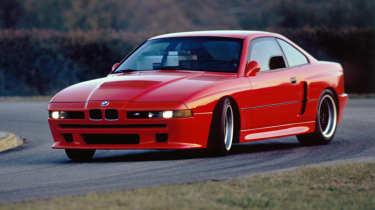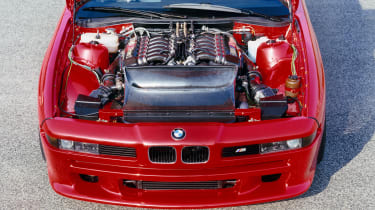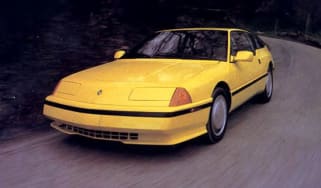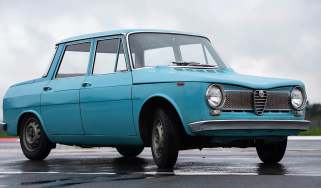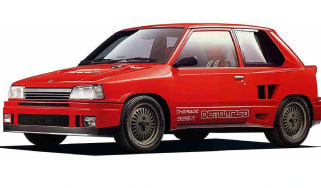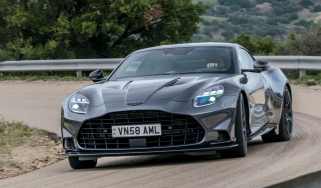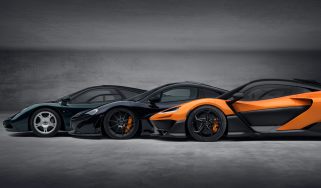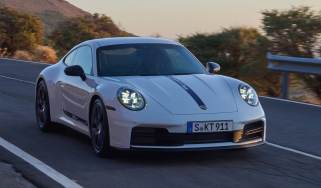1990 BMW M8 – dead on arrival
A 613bhp V12 and a 340kg diet could have enhanced the original 8-series’ reputation – but for the price
When the original BMW 8-series was announced in 1989 it was quite the technology flagship, what with its active dampers, traction control and world-first multiplex wiring system. What it wasn’t, however, was very sporty. And despite 300bhp from its 5-litre V12, it wasn’t very fast either, failing to outpace its sober 750i sister. Contemporary reviews were lukewarm at best, noting that it was quite far from the ultimate driving machine. Behind the scenes BMW’s Motorsport division had already been tasked with doing something about that.
To start with, they put the 8-series on an extreme diet, replacing metal with composites for the doors, bootlid and bonnet, removing the back seats, replacing the front seats with racing buckets, switching glass for plastic in the windows, and deleting the regular car’s pop-up headlights in favour of fixed lamps within the front bumper. These measures slashed weight from a portly 1790kg to somewhere below 1450 kilos, but Motorsport’s efforts weren’t all about carving off the lard; they also widened the track, uprated the front brakes, and installed scoops ahead of the rear wheels to feed an oil cooler apiece, one for the diff, the other for the engine.
Ah yes, the engine. Since the ordinary 8-series had a V12, the M8 needed one too, but the Motorsport people weren’t content simply to modify the M70 unit from the 850i. Instead, they designed a brand new 6.1-litre V12 that featured a dry sump, throttle barrels rather than valves for cleaner breathing at full chat, and a glorious carbonfibre intake system created to be as long as possible for optimum torque and barely able to fit under the M8’s remodelled bonnet as a result. In the M8 prototype the new V12 made over 630bhp in an age when a Lamborghini Diablo could boast only 485 horsepower and, with such a highly strung spec, it won’t surprise you to learn that the engine and car were created with one eye on GT racing.
As a showroom model, though, there were a few problems that needed to be addressed. Those throttle barrels were lousy for low-speed behaviour, and aware they could never sell a road car that wouldn’t idle at anything less than 2000rpm, additional throttle valves were fitted upstream in the intakes. Then there was the dry sump, which was ideal for getting the V12 to sit as low as possible but required a reservoir for which there was no space in the engine bay. Instead a tank was mounted in the boot and connected to the motor by pipes that ran inside the roof, a curious arrangement that apparently allowed the driver to hear the oil moving back and forth.
The final problem with the M8 was the cost of all this new and bespoke engineering, which would have led to a showroom price more than twice that of a contemporary Porsche 911. For this reason, when BMW bosses were presented with the M8 in 1990 they declined to sign it off for production and the lone running prototype was stashed in BMW’s bunker of broken dreams along with the three working examples of its amazing V12. This engine is often confused with the one in the McLaren F1, though in truth they share little beyond bore and stroke dimensions. But not all of the work on the M8 was wasted because some of it translated into the 850CSi of 1993, which put some pep into the 8-series’ languid step. Meanwhile, the bright red M8 prototype stayed hidden for almost 20 years until in 2010 it was put on display in BMW’s museum.
This story was first featured in evo issue 292.
